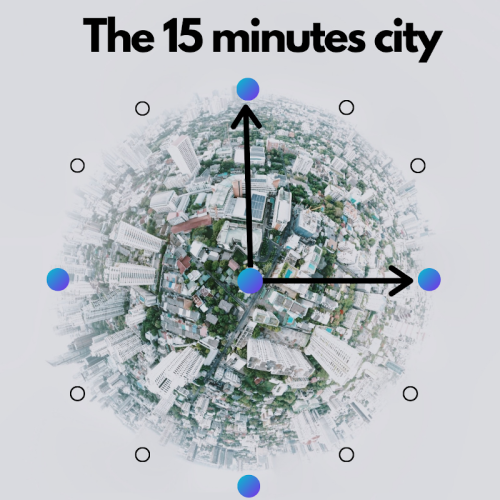
15 Minute City
BIG Thanks to the Universidad Nacional de Colombia for inviting me to join them at #dubaiexpo2020 today to discuss Colombian Carlos Morenos’ “15 Minute City” and hear of Dubai’s legacy for Expo’s sustainable #district2020.
The 15-minute city concept embraced by Paris mayor Anne Hidalgo was first proposed by Carlos Moreno in 2016, a Colombian architect and professor at the Sorbonne in Paris, whose research stems from reducing the carbon footprint and introducing methods of reducing greenhouse gas (GHG) emissions from the transportation sector (which accounts for 40% of all global emissions). In what is effectively a transformative urban mobility initiative Moreno enforces that in living locally an improved sustainability can be achieved.
His concept is of a city where daily necessities of life should all be found within a fifteen- minute walk, bike / scooter ride (micro-mobility) or by public transport from your home and offering interconnected, neighbourhoods to revitalize and strengthen community, lower greenhouse gas emissions, and improve liveability. Hence, cleaner air and proficient public transit systems along with building in resilience, sustainability and inclusivity will all address the UN SDGs, and respond to ideals long promoted by analysts and urbanists from historical concepts of neighbourhood design. Mixed-use, population density and pedestrian friendliness was spelled out by Jane Jacobs in her work “The Death and Life of Great American Cities” (1961).
To realise Moreno’s vision neighbourhoods should fulfil six essential urban social functions as a way of promoting a healthy lifestyle: living, working, commerce, healthcare, education, and entertainment, and these should be based on four key principles: Density, Proximity, Diversity and Digitalization. Efficient public transport links are essential to connect neighbourhoods with each other and allow for essential access to specialist and non-daily interactions, such as access to medical specialism and friends and family outside of your own neighbourhood.
The increased relevance of which was brought home to most of us as we examined the quality of our own neighbourhoods through numerous lockdowns and restrictions in movements in 2020.
In the context of the 15-minute city:
Density is a key component in achieving sustainability dimensions in cities, as feeding demand allows greater economic, social, and environmental alternatives to be created and explored, which promotes proximity and diversity. Key requisites to fulfil all daily needs within the confines of any single district.
Diversity relates to the mix of residential, commercial and entertainment facilities along with that of culture and people, which is key to promoting inclusivity, social cohesion, and social capital, which will sustain an urban fabric that is economically robust and lead to increased employment opportunities and social mobility.
Proximity within quickly accessible radial nodes residents of a neighbourhood can readily access basic services and allows for a simple transition from residential, work, and commercial areas to education and health facilities in a reduced timespan, using a minimised basic infrastructure.
Digitalization ensures the deployment of digital solutions and technologies to the three other pillars. Through digital tools and solutions for example, it would be possible to ensure that biking / scooter experiences are enhanced by emphasizing solutions such as asset sharing. Similarly, availability of online shopping and virtual communication reduces the need for commuting as services can be delivered direct to homes or offices.
This arguably European concept has since evolved by others into 20-minute neighbourhoods as research (in non-arid desert climates) found that 20 minutes is the furthest that people are willing to walk to satisfy their daily needs.
Paris’ 15-minute city plan has resulted in many new cycling lanes, 70% of street parking allocated over to alternative uses, with green corridors and urban farms being introduced, more co-working hubs, parkettes in school playgrounds, and more. Now over 100 of the world’s largest cities, from Shanghai to Barcelona, are taking similar steps.
The 15-Minute City provides a framework to accelerate the path to the decarbonisation of our cities. District 2020’s implementation of this new urban model will surely become a key component for Dubai is to meet the city’s 2040 development plan goals and contribute to realising the UAE’s commitments to the Paris Agreement. We have already seen that the Expo thematic districts and the shading of major access routes around the site went a long way to demonstrating how micro-mobility can be achieved in desert cities. It is now reliant on the city’s robust governance to demonstrate that Moreno’s four key principles can be achieved to attract the essential urban functions, at the scale necessary for success.
We must however be cautious, and ensure that diversification, integration, and inclusivity are all achieved, as failing to do so promotes gentrification and can lead to the further segregation and isolation of neighbourhoods and exacerbates inequalities.
#15minutecity #carlosmoreno #paris #district2020 #dubaiexpo2020 #janejacobs #transformativeurbanmobilityinitiative.
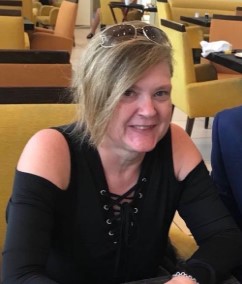
This blog was created by tangram’s Design Director and founder of tangramTERRA Ms Sandra Woodall, a passionate environmentalist, architect, urbanist, researcher, pre-covid travelholic and baker of vegan treats. She is a Fellow of the Royal Institute of British Architects (RIBA), the Royal Society of Arts (RSA), and the Academy of Urbanism (AoU). Sandra is an award-winning designer who leads our MENA region studio who were recognised as the “2019 MENA Architecture Firm of the Year” by the Middle East Economic Digest (MEED), and who have received accolades including six international sustainable design awards for five different projects in four years. She is the RIBA Regional Ambassador for Sustainability, promoting and developing UK design and management skills across the MENA region, and is the UAE country representative on the RIBA Gulf Chapter. She founded, curates and presents the Chapters’ ongoing “Sustainable Development Series” to share awareness, knowledge, skills, tools and best practice with built environment professionals across the GCC and to showcase projects, methods, procedures and strategies to empower and equip us all to meet the challenges faced in delivering the UN’s Sustainable Development Goals across the region.



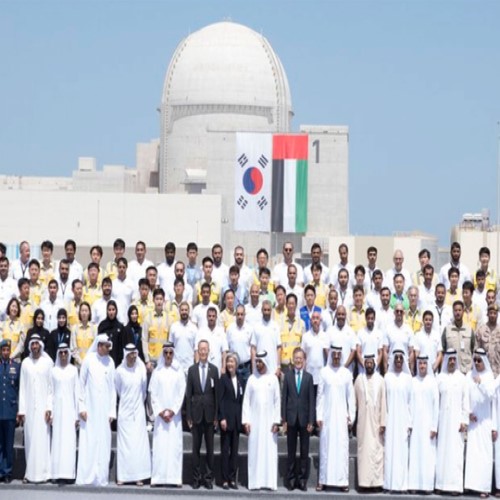
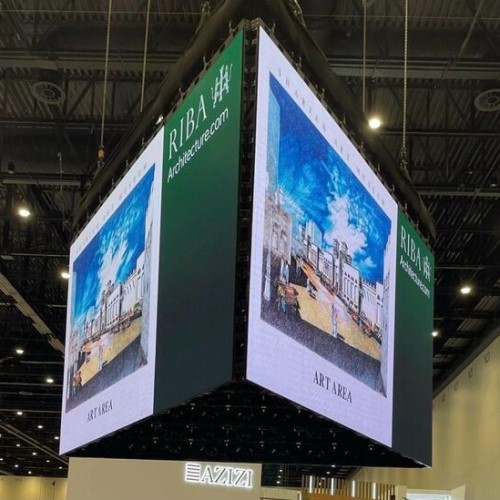


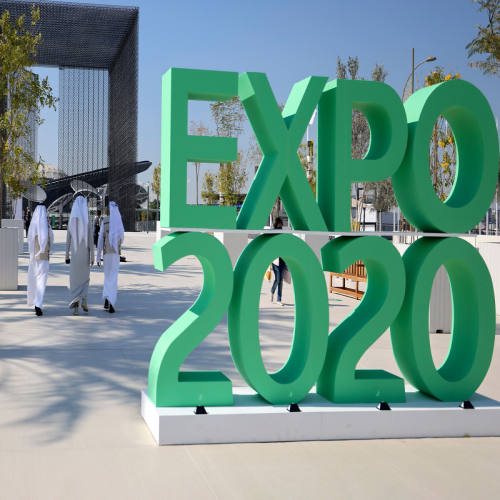
Pingback: COP28 - tangramTERRA